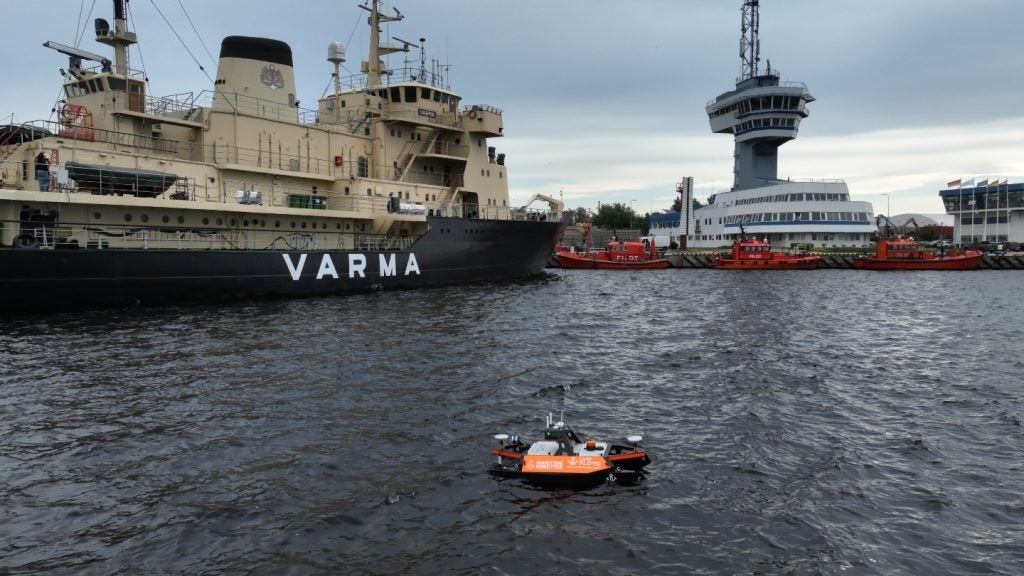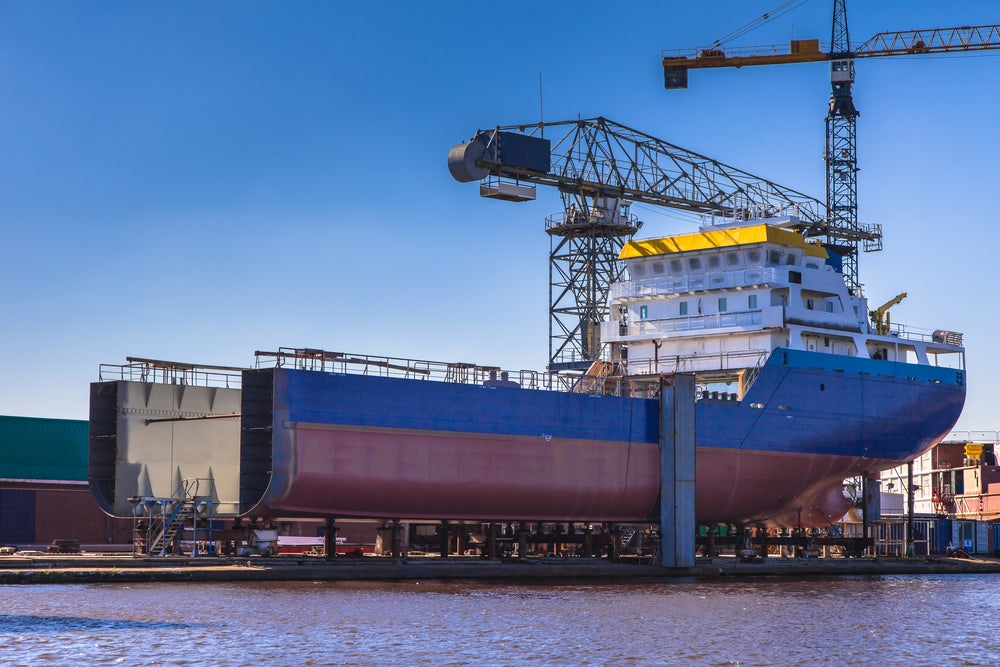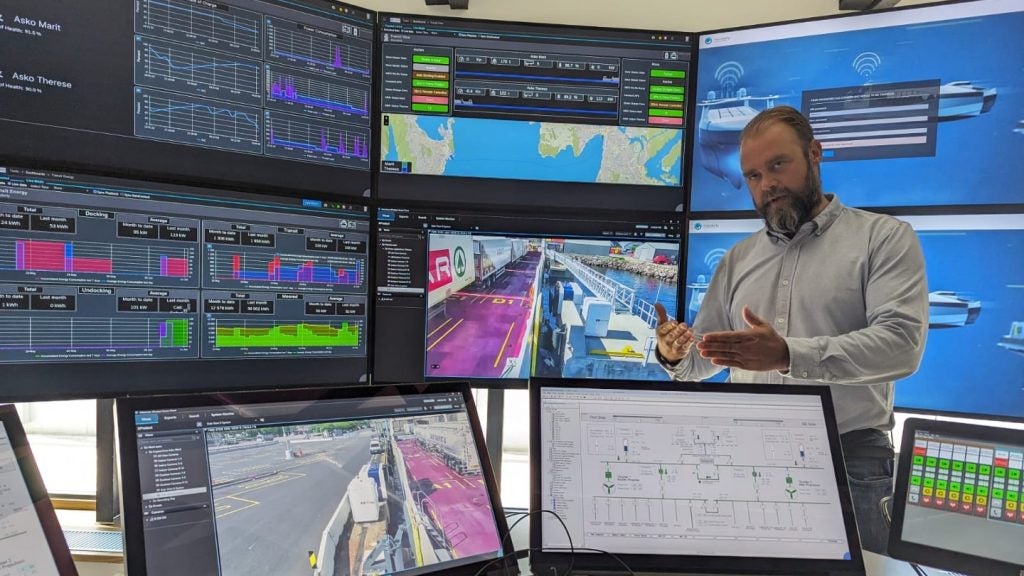Ship classification society ClassNK has announced a joint research project to enhance safety standards for ultra-large container ships.
This project will be part of the ClassNK Joint Research and Development (R&D) for Industry programme in collaboration with Japanese Welding Engineering Society (JWES), steel manufacturers, shipbuilders and neutral research institutes.
Research is expected to be completed in mid-2016.
According to ClassNK, the increased size of container ships has resulted in the use of thick steel for construction, making preventative measures for brittle fracture even more important.
The use of brittle crack-arrest steel with measured crack-arrest properties is one of the preventative measures for brittle fracture.
Currently, IACS requirements apply only to brittle crack-arrest steel plates with a thickness of up to 80mm; however, the introduction of 20,000TEU ultra-large container ships is expected to make plates exceeding 80mm thick more common.
How well do you really know your competitors?
Access the most comprehensive Company Profiles on the market, powered by GlobalData. Save hours of research. Gain competitive edge.

Thank you!
Your download email will arrive shortly
Not ready to buy yet? Download a free sample
We are confident about the unique quality of our Company Profiles. However, we want you to make the most beneficial decision for your business, so we offer a free sample that you can download by submitting the below form
By GlobalDataThe joint programme will aim to develop technical standards in order to clarify crack-arrest parameters for steel plates beyond the existing limit, for the safety of ultra-large container ships.
With this effort, ClassNK will also establish clearer evaluation methods to form the proposal for unified IACS requirements for steel plates of more than 80mm.
Recently, the Maritime and Port Authority of Singapore (MPA) and ClassNK signed a memorandum of understanding to unite for maritime technologies research and development.
This research partnership aims to enhance ship safety and environmental sustainability, as well as promote and share maritime thought-leadership on technology.






